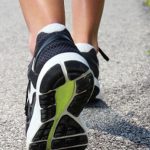
People can walk away their risk of developing type 2 diabetes – but only if they walk fast enough, a new report finds. Folks who walk at least 2.5 miles an hour appear to have a significantly lower risk of type 2 diabetes, according to a study published Nov. 28 in the British Journal of Sports Medicine. That’s the equivalent of 87 steps per minute for men and 100 steps per minute for women, said a team led by Dr Ahmad Jayedi of Semnan University of Medical Sciences in Semnan, Iran. And the faster above that threshold, the better – every half-mile per hour you add to your walking speed is associated with an additional 9% reduction in risk, results show. Walking has been associated with a lower risk of diabetes, but these findings show that a brisk pace is better than a slow amble, researchers said. “While current strategies to increase total walking time are beneficial, it may also be reasonable to encourage people to walk at faster speeds, to further increase the health benefits of walking,” the researchers noted in a journal news release. In this analysis, the team conducted a review of all long-term studies that included data on diabetes risk and walking. They identified 10 relevant studies involving more than a half million people from the United States, the U.K. and… read on > read on >










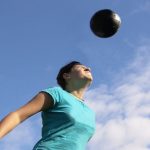
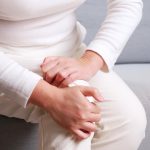


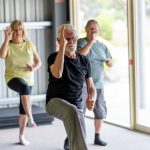
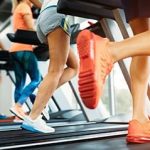
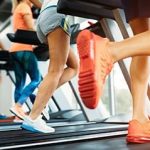
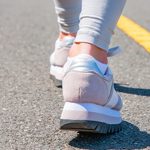




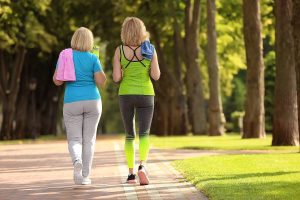










-300x200.jpg)



